Customers react faster when a message feels personal. They prefer content that fits their needs. When emails or suggestions feel made for them, engagement goes up. This is the power of hyper-personalization.
Hyper-personalization uses real-time data and AI tools to create one-to-one experiences. It reads behavioral data and customer preferences to show the right message at the right time. With the help of marketing personalization tools, brands can run targeted marketing campaigns that improve customer engagement. This creates a strong data-driven marketing approach.
Why Hyper-Personalization Works
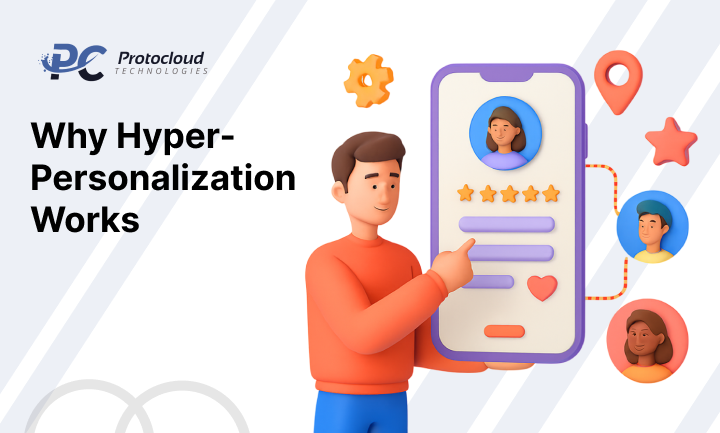
It feels natural and friendly.It shares content based on what the customer wants at that moment. This level of personalization builds trust and boosts conversions. It also keeps users interested for a longer time.
What Is Hyperlocal Marketing?
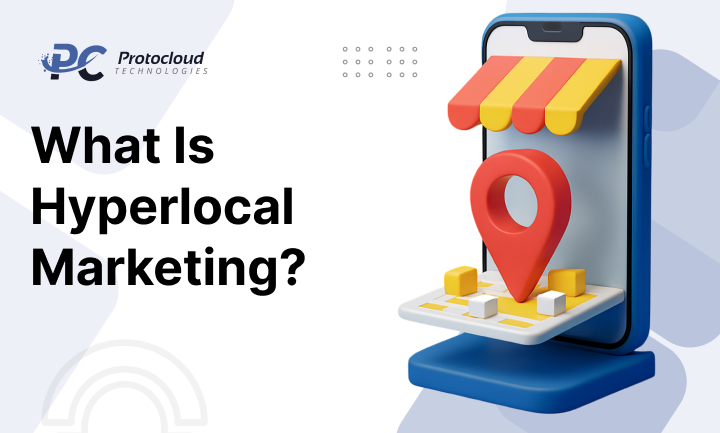
Hyperlocal marketing targets a very small area, like a few streets or a neighborhood. It uses location targeting and local SEO to connect with nearby customers. Many companies also use a Local Business Directory to reach people searching for local services.
Take a small job shop in Cleveland. Instead of targeting the whole city, they can target units within five miles. They can offer fast same-day service that distant competitors can’t. This is how proximity marketing and local audience targeting work in real life.
Why Hyperlocal Marketing Matters for SMBs
The impact is quick. Many customers use near me searches when they need something fast.These users have a strong intent to buy. They are ready to make a purchase. When your business appears in these results, you get more leads and more foot traffic.
Hyperlocal marketing is also a cost-effective marketing method. You spend your budget only where it works best. This reduces waste and increases returns. It also helps you build strong community connections and better local customer engagement. These relationships turn into loyal customers who support your brand.
When SMBs combine hyper-personalization with a strong local marketing strategy, they deliver relevant messages at the perfect moment. This helps the business grow faster and stand out in the neighborhood through innovative localized advertising.
Seven Powerful Hyperlocal Marketing Strategies for SMBs
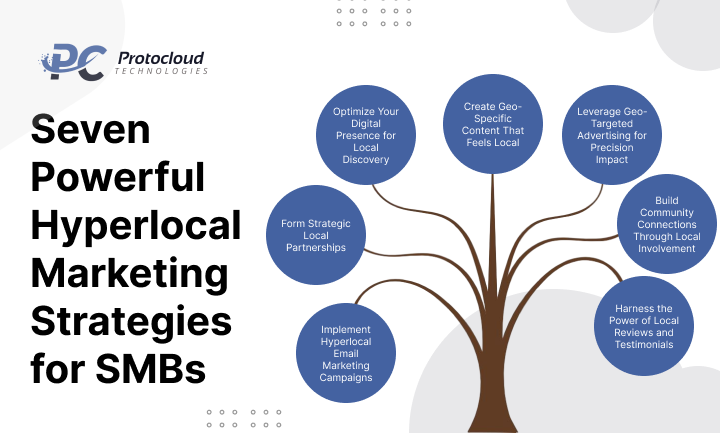
Building a strong hyperlocal marketing plan is one of the fastest ways for SMBs to attract customers who are ready to buy. Local shoppers move fast. They search fast. And they choose businesses that show up at the right moment.
Here are seven proven tactics that consistently work for manufacturing, distribution, retail, and service businesses.
1. Optimize Your Digital Presence for Local Discovery
Local buyers don’t waste time.When a contractor needs lumber, they search on their phone for nearby suppliers. If you don’t show up, you lose the sale. That’s why your digital presence must support fast local discovery.
Start by optimizing your Google Business Profile. Think of it as your second website. It shows your location, hours, photos, reviews, and services in one clean view. This matters because buyers trust what they can see instantly.
A distribution company in Atlanta can update photos weekly, post product updates, and reply to reviews quickly. These small actions build trust and boost local SEO.
Next, check your details across online directories and every local business directory.Your name, address, and phone number must match on every platform. Accurate business listings help search engines understand your location, which increases visibility for small business marketing.
2. Create Geo-Specific Content That Feels Local
Generic content gets clicks. Geo-specific content gets customers. Small businesses see better results when they create content for local needs.
A lumber supplier in the Pacific Northwest might write about the best wood for the region’s wet climate. This kind of content positions them as local experts. The same applies to an office technology retailer. Instead of listing specs, they could create posts about optimizing equipment for Dallas workspaces.
This is how geo-specific content builds relevance. When you create local content, keep these best practices in mind:
- Use location-based keywords naturally.
- Build service area pages for every region you cover.
- Write about local events, weather issues, or market challenges.
- Highlight customer success stories from nearby businesses.
Each piece of content strengthens your local marketing strategy and helps you rank for localized advertising searches.
3. Leverage Geo-Targeted Advertising for Precision Impact
Old-school ads cast a wide net. But geo-targeted advertising is laser-focused. It puts your message in front of buyers who live or work near your business.
Google and Facebook let you target specific zip codes, cities, or areas. This means you only pay to reach real potential customers.
A hardware store chain can run neighborhood-specific ads for lawn products based on soil types in each area. It’s bright, simple, and efficient.
For greater precision, try geofencing. It targets people the moment they enter a set location.
A job shop in an industrial park can use geofencing to reach procurement managers visiting nearby factories. Offer same-day quotes, quick turnaround, or special pricing. This is precision advertising at its best.
You can even build local audience targeting campaigns for areas with high purchase intent or heavy foot traffic marketing. These campaigns get attention fast because they reach buyers who are actively searching.
4. Build Community Connections Through Local Involvement
Real connections matter. Community involvement builds trust better than digital ads.People support businesses that support their community.
A manufacturer in Michigan might sponsor a school robotics team. This builds community connections and relationships with local families. These relationships often lead to new B2B contracts.
Office supply retailers might support teacher appreciation events. Home builders could host neighborhood block parties or educational workshops. Each activity deepens your local presence.
Great ways to build community engagement:
- Support local events, sports teams, or educational programs.
- Join your local chamber of commerce.
- Host local workshops or open houses.
- Run volunteer programs with your employees.
These actions build trust—and trust drives conversions in SMB marketing.
5. Harness the Power of Local Reviews and Testimonials
Local buyers depend on customer reviews. Reviews are powerful social proof that influences decisions instantly.
This is where SMBs outperform national brands. Local testimonials feel more real and more relatable.
To get the most out of your reviews:
- Ask for reviews after every successful purchase.
- Respond fast. Whether the review is positive or negative.
- Add local testimonials to your website and landing pages.
- Develop case studies from local customer projects.
Buyers trust feedback from people in their own community. A strong review strategy turns happy customers into a steady stream of referrals.
6. Form Strategic Local Partnerships
Smart partnerships can expand your reach without raising your budget.Local partnerships help businesses promote each other and reach new customers. This is highly effective for targeted marketing campaigns.
A distribution company could partner with contractors to provide fast material deliveries. Contractors benefit from speed. The distributor gains word-of-mouth promotion at every job Site.
Office supply stores can partner with local printers for referrals. Hardware stores can collaborate with contractors for DIY events. The possibilities are endless.
Effective local business collaborations include:
- Cross-promotions with complementary businesses
- Co-hosting joint events or workshops
- Sharing booths at trade shows
- Running cooperative advertising in local publications
Partnerships build deeper roots in the community and reduce marketing costs.
7. Implement Hyperlocal Email Marketing Campaigns
Email is still one of the best tools for small business marketing, especially for hyperlocal campaigns.
A lumber supplier can segment their list by service area and share content based on regional building trends. Manufacturers can send updates that match the needs of local industries.
Job shops can notify nearby businesses when they have extra production capacity.
For effective results, follow these steps:
- Use email segmentation to group customers by location.
- Send personalized emails with community-specific offers.
- Invite customers to local workshops or events.
- Include insights about local developments that matter to them.
Location-focused email campaigns keep your brand in front of local buyers at the right time.
Understanding the Evolution of Local Search in 2025
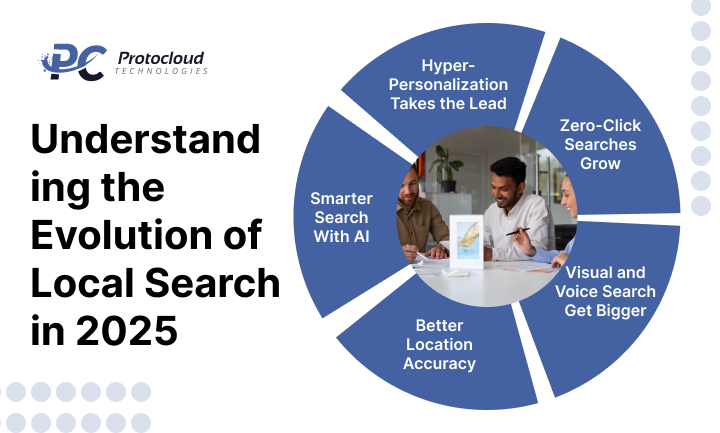
Local search 2025 is changing fast. To stay visible, businesses must follow new trends. The most significant shift comes from AI-driven personalization, real-time updates, and strong hyperlocal relevance. Today’s users expect search results that match their needs, location, and preferences. And they expect these results instantly.
Search engines now use more innovative tools to meet these expectations. This changes how people search and how businesses show up online.
Let’s look at what’s driving this change.
Smarter Search With AI
Search engines now use AI-powered search understanding. They don’t rely on keywords alone.They study user behavior and past searches. This creates personalized local results that feel accurate and helpful.
This shift matches consumer search behavior in 2025. People want fast answers with clear intent. They use local intent keywords and expect search engines to understand what they wish to without long searches.
Hyper-Personalization Takes the Lead
Personalization is now a significant part of local SEO trends 2025. IBM reports that three in five shoppers want AI help while shopping. McKinsey says 71% expect personalized marketing, and 76% feel frustrated when they don’t get it.
Google uses this demand to improve results. It studies previous interactions and shows highly hyper-personalized suggestions. This boosts local business visibility and shapes Google local search updates.
Zero-Click Searches Grow
More people get answers directly from Google without clicking. These are zero-click searches. Users check a result on the Google SERP and leave without opening a website. Neil Patel highlights how common this is today.
Because of this, serp optimization and google serp features matter more than ever.
Visual and Voice Search Get Bigger
Many users now rely on images and voice. BrightLocal voice stats show 46% of people use voice search daily to find local businesses. Tools like visual search also help users find products and nearby stores fast.
Businesses must strengthen hyperlocal SEO, mobile local search, and location-based marketing to match these habits.
Better Location Accuracy
Today’s devices offer stronger geolocation tracking. This improves user location awareness and makes proximity-based search more accurate. People find nearby stores within seconds, boosting local customer engagement.
To stay competitive, businesses must optimize Google My Business, use near me searches, follow a local marketing strategy, and target the right neighborhoods.
Local search in 2025 rewards speed, personalization, and relevance. Brands that follow these updates and invest in AI in local seo, contextual search, and Google local ranking factors will stay ahead.
Key Local Search Ranking Factors That Drive Results in 2025
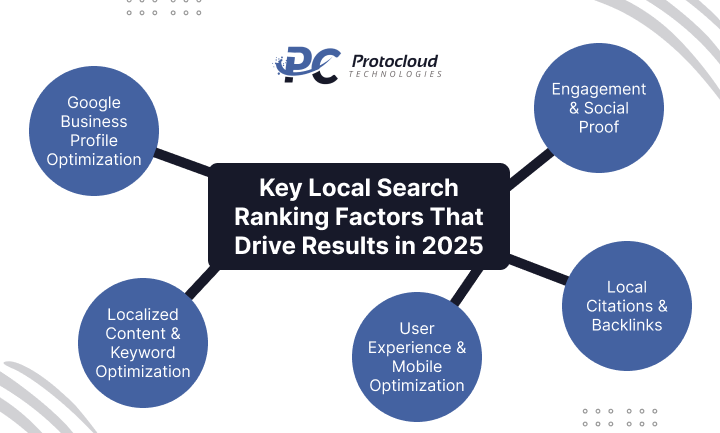
Local search keeps changing fast. To win in 2025, you must focus on the local search ranking factors that matter most. These factors help you boost local search visibility, attract more customers, and build trust in your area.
Listing your business on a Local Business Directory also helps improve your overall online presence.
Google Business Profile Optimization
The most important part of local SEO is your Google Business Profile. Strong Google Business Profile optimization can help you rank higher. Make sure your Google My Business details are correct. Add your address, phone number, and business hours.
Use high-quality images and high-quality videos to make your listing stand out. Share updates and offers through Google posts to stay active.
Reply to your Google reviews, even the negative ones. Good review management builds trust and improves your local SEO ranking factors. This is a decisive step for local SEO 2025.
Localized Content & Keyword Optimization
Your content must match what local people search for. Use localized content that includes local intent keywords. Add long-tail local keywords and conversational keywords that sound natural.
Create FAQ sections to support voice search optimization. Many people now search using voice. Update your content often. Add seasonal local content, local events content, and community-focused content.
Also, make sure your business appears in a Local Business Directory to strengthen your local presence.
User Experience & Mobile Optimization
A good user experience (local UX) helps you rank better. With mobile-first indexing, Google looks at your mobile Site first.
Focus on mobile optimization. Improve page speed optimization and aim for a load time under three seconds. Use clean menus and simple navigation. Add click-to-call features so users can contact you quickly.
Use natural wording to improve voice search optimization and reach more mobile users.
Local Citations & Backlinks
Your business details must be the same across all online directories. This is called NAP consistency. Check your listings on Yelp, Bing Places, Apple Maps, and any Local Business Directory.
Build local backlinks from authoritative local sources like news sites, blogs, and partner businesses. Strong local link building increases your trust and boosts your local search authority.
Engagement & Social Proof
People trust what other customers say. That makes social proof important.
Ask customers to leave online reviews, including Google reviews and Yelp reviews.Reply to all reviews. Strong customer engagement and online reputation management help your business stand out.
Stay active on social media to increase social media engagement.Share user-generated content like photos, testimonials, and stories. These help build more local trust signals.
Staying Ahead in Local Search
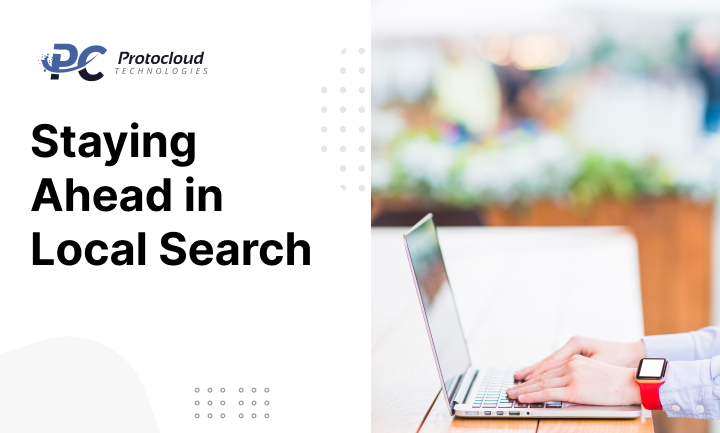
To stay ahead, you must remain active. Keep your Google Business Use a strong local content strategy to stay connected with your community.
List your business in a Local Business Directory to boost local business visibility. These steps help you rank higher, build trust, and bring more local visitors.
By staying consistent, you set your business up for long-term success.

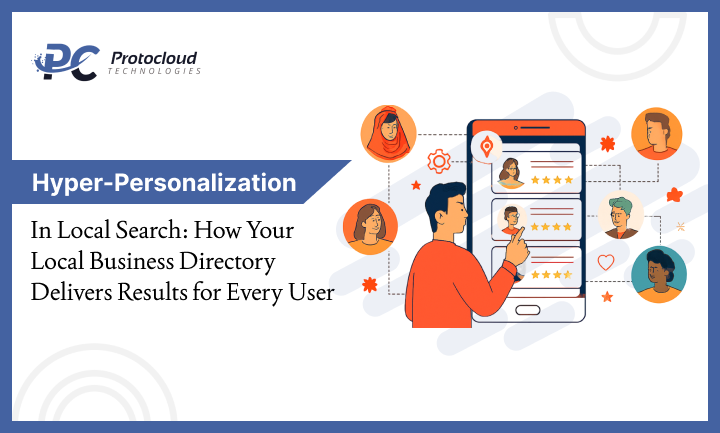



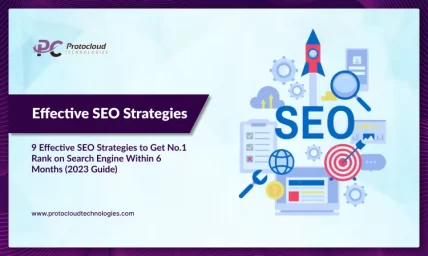
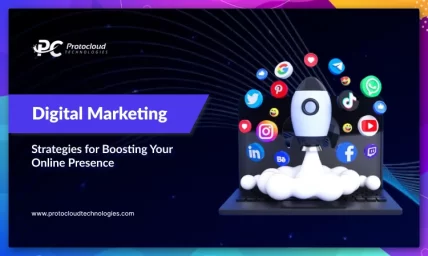

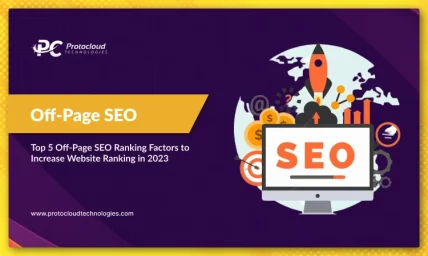

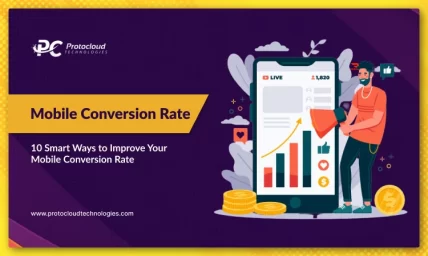

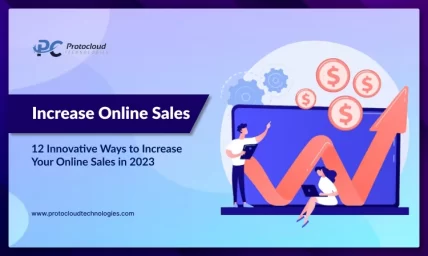
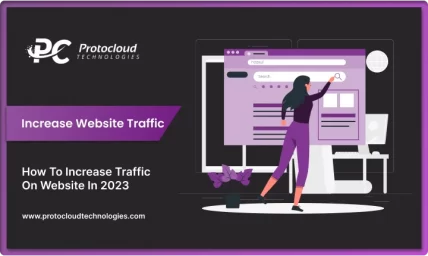

Leave a Reply